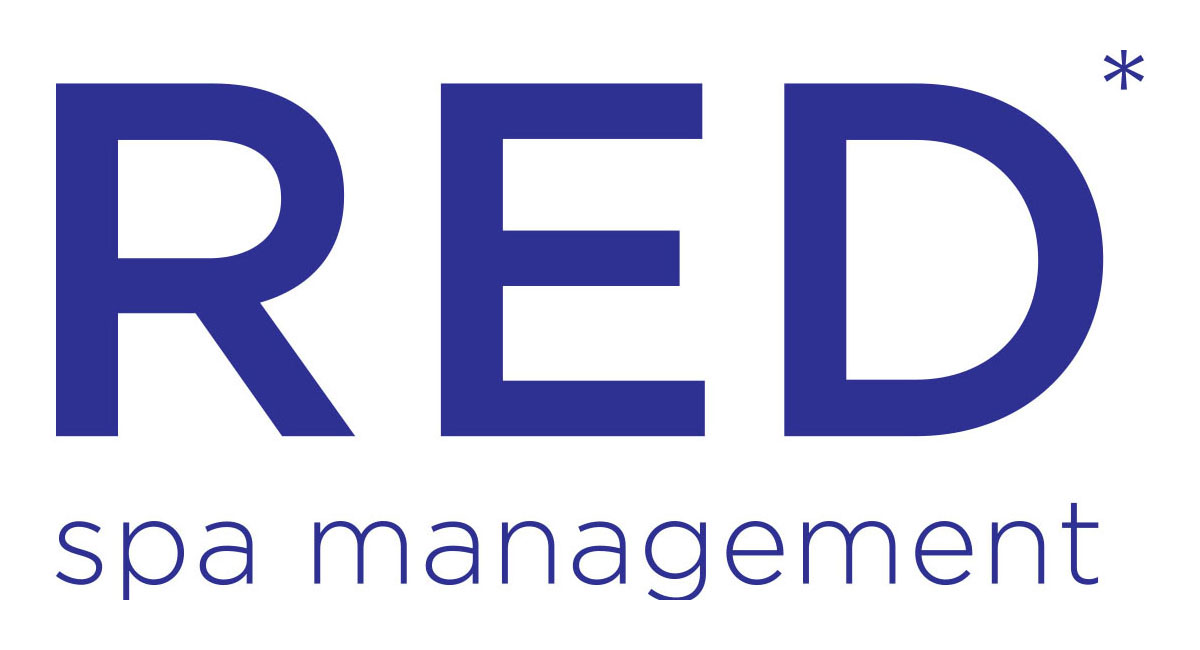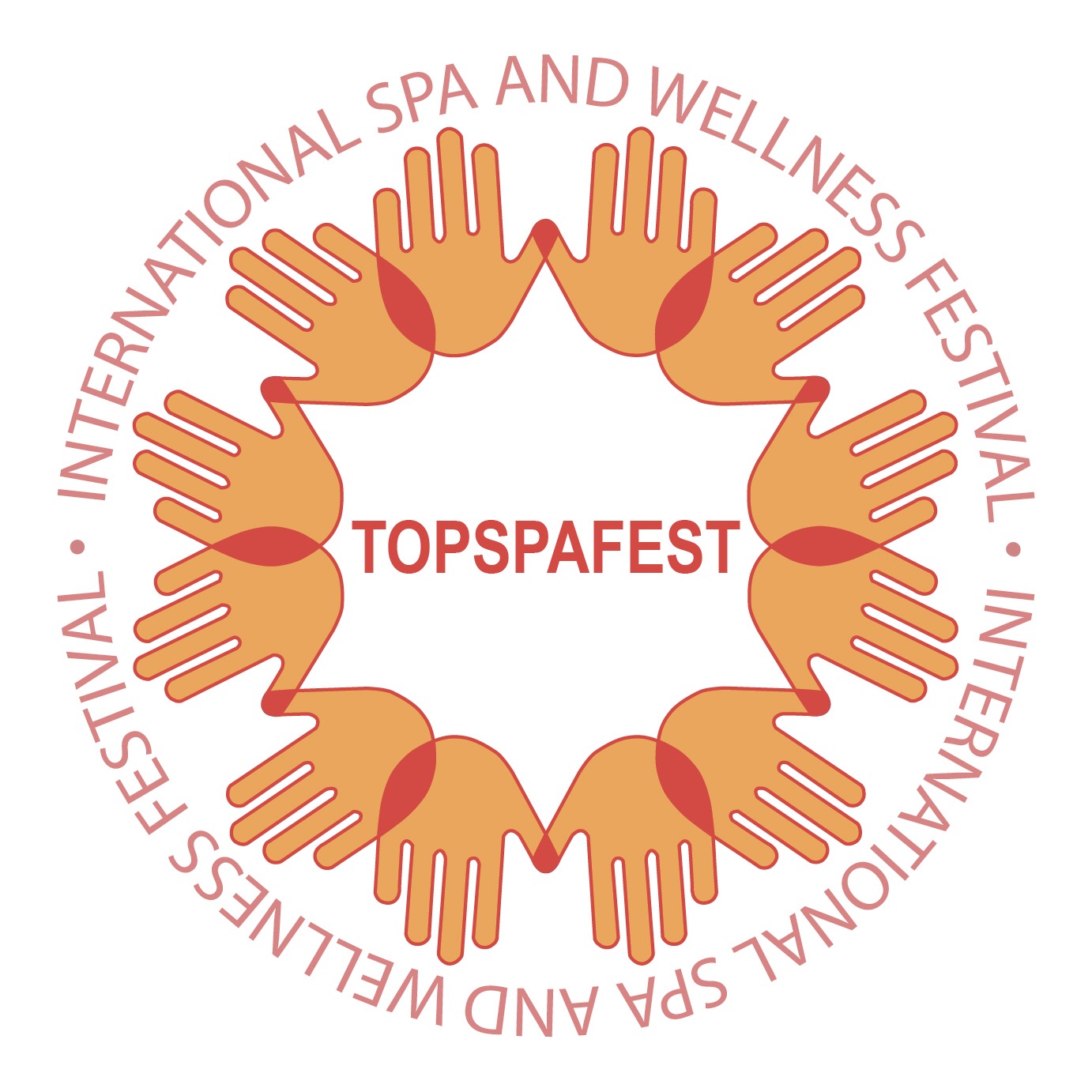
Massage is probably a universal instinct. Humans and mammals know it helps sore limbs and that touch is comforting. Massage therapy is a versatile craft, which grew from this instinct. It may well be one of humankind’s earliest therapies. Ancient and current wisdom tells us that true health is a balance of the Body, Mind, and Spirit (or Soul, Divinity, Chi, Prana, Ki... or whatever your
culture calls it).
Africa
Massage is used today in Nigeria, Uganda, and other parts of Africa.
Mothers massage babies, and wrestlers use massage for fitness.
Assyria
Assyria is an ancient country of Asia, noted for art and architecture.
Assyrians developed massage treatments using garlic, tamarisk, hellebore, mandrake, cypress, resins and gums.
China
Massage is recorded in China in 3,000 BCE in the Yellow Emperors classic of internal medicine and Cong-Fou of the Tao-Tse.
Amma was developed using pressure points.
There are some suggestions that the Ancient Chinese were using aromatic oils at about the same time as the Egyptians. There is clear evidence that they were using aromatic herbs and burning aromatic woods for religious purposes.
The first Chinese massage exam was in the 1st century CE at Schools of Occult Studies.
For years, blind people were the main masseurs.
In China, the AH SHI POINTS closely parallels neuromuscular therapy but pre-dates official mention of NMT by thousands of years.
The Chinese are also known to have used Reflexology in conjunction with acupuncture. Dr Wang-Wei, a Chinese doctor in the 4th century BC evidently used to position acupuncture needles in his patients' bodies and then apply very firm pressure with his thumbs to the soles of their feet. This pressure was maintained for several minutes until the desired therapeutic effects were achieved.
Egypt
Had a well-developed social structure 5,500 years ago and people may have used massage then.
Imhotep, the physician, and architect recorded his knowledge of aromatic oils or unguents, made by mixing aromatic plants, resins and gums with oils or fats.
Evidence of sophisticated massage techniques are found in Egyptian scrolls, depicting types of advanced deep tissue bodywork.
Middle Kingdom Egyptians used bassi massage, which induced trance.
Surviving records describe methods used by the Ancient Egyptians to extract oils from aromatic plants. One medical papyri thought to date from around 1555 B.C. describes remedies for a range of illnesses including some remedies and methods similar to those used in modern Aromatherapy and Herbal Medicine.
Egyptians also used aromatic oils in mummification processes.
Descriptions of hypnosis date back to the Egyptians (Ebers Papyrus) and the Greeks (the sleep healing Temple of Asclepius).
Europe
An early record of massage in Western Europe comes from Ambroise Pare (1510-1590) who wrote about it in one of his publications, but was widely ridiculed. In 1780 Clement Joseph Tissot wrote the more successful Gymnastique Medicinale et Churgicale which covered occupational therapy as well as massage.
Henrik Ling (1776-1839) from Sweden has been called the father of modern Western massage. His system, based on physiology, formalised a series of gymnastic movements and massage techniques. "We ought not to consider the organs of the body as the lifeless forms of a mechanical mass," he wrote, "but as the living, active instruments of the soul." The implications of this idea for massage are that we should consider not only the mechanics of each bodily system, but also its role in life and the positive impact massage therapy may have on it. In 1813 he established with royal patronage the Royal Central Institute of Gymnastics. Ling's system is generally known as Swedish Massage. It spread quickly from Sweden. In 1895 a society of
Trained Masseuses was formed in Britain to increase the standard of training (the date 1894 is sometimes quoted), and in 1899 Sir William Bennet inaugurated a massage department at St. George's Hospital, London.
Since then massage has moved away from the purely physiological back to the holistic ideas of Hippocrates and of the Chinese. Willhelm Reich (1897-1957), a contemporary of Freud, used the term 'character armour' to describe muscular tensions that are formed within the body in direct relation to the suppression of emotions and natural sexual feelings. He attempted to cure neuroses indirectly by releasing their corresponding muscle tensions. Reich's introduction of physical contact and massage into therapy alienated him from the classical psychoanalytical movement and outraged society. After this time he devoted himself to orgonomy, an attempt to measure orgones, which he thought were the units of cosmic energy and the fundamental particles that make up an orgasm. He considered a lack of orgones to be a common cause of illness and leased orgone-boxes to patients. This brought him into conflict with the law, and he was convicted and died in prison.
And so we appear to have come full circle, back to ancient Tantric practices and to the East. New age philosophies promulgate dubious doctrines unrelated to the physiological benefits of massage. As Gordon Inkeles writes in The New Massage about acupressure: "Elsewhere in the East shrewd businessmen have adroitly capitalised on the West's imperfect understanding of acupuncture. They insist that the human body is a living machine which is covered with exotic little pressure points. Once these points are pushed (by fingertips which are several hundred times wider than the point of an acupuncture needle), magical things begin to happen all over the body.
Developed and refined in Japan a few years ago, this concept has found a huge audience with Western button lovers, who secretly believe all things Eastern must be 4,000 years old and shrouded in a peculiar mystical aura that cannot be penetrated by the logic-bound Western mind. Graduates of acupressure combine basic massage techniques with aggressive finger poking to the soft, relaxed inner tissues. The resulting pain levels around vital organs are often so great that speech is momentarily impossible.
In Europe it struggled, and at times practitioners were persecuted for witchcraft. Mary Queen of Scots probably received massage from Ambroise Pare, but there was little interest until the early 1800’s when Per Henrik Ling developed Swedish massage, which spread through the West.
Greece
Greece used Egyptian massage knowledge. Receivers included athletes, women and soldiers.
Writers on massage include Homer, Aesculapius, Herodotus and Hippocrates.
The Greeks used aromatic oils for cosmetics and medicines.
Hypocrites studied the therapeutic effects of essential oils and recommended aromatic baths and massages with scented oils.
Greek physician, Theophratus wrote about the healing properties of 'aromatic plants', and fellow physician Pedacius Dioscorides, wrote about herbal medicine - describing some remedies are still used in Aromatherapy in 21st Century.
In 326 B.C., the Greeks learned Ayurvedic medicine from India.
The antecedent priest-physician method of rubbing prior to the Greeks was to rub down—rub, brush, blow, or suck to move evil spirits or the invading sickness from the core of the body toward and out the extremities. The Greeks altered this tradition to conduct the rubbings from the extremities inward to the center of the body, so waste materials that would contain disease were removed through the alimentary tract with the movement of vibration and friction, assisted with proper diet, rest and plenty of water.
Throughout history feet have represented mobility, security and grounding. According to Greek legend, the feet symbolized the soul, with any lameness being perceived as weakness of spirit. Until AD 200, many flocked to the Delphi health resort in Greece to relax in the sacred waters of the hydrotherapy pools. Before retiring to a sleep temple, Reflexology and body massage were administered to evoke memories and insight into dreams.
Greek physician and the Father of Medicine, Hippocrates (480 B.C.), used the Greek word anatripsis, which translates into English as "to rub up." Hippocrates stroked the extremities upward (toward the heart), followed by a light stroke back, and then another upward stroke to push the venous and lymph toward the heart. These strokes could be hard, soft, or moderate, depending on the condition of the tissues and the effect desired. Hippocrates was specific about the effects of each of these methods of anatripsis, saying, "Friction can relax, brace, incarnate,
attenuate: hard braces, soft relaxes, much attenuates, and moderate thickens."
Hawaii
South Pacific has used massage in and out of water for hundreds of years. Lomi lomi is an ancient Hawaiian healing massage.
Each morning families would Lomi each other to start their day in Lokahi (balance) with mind, body, and spirit.
Knowledge of this art was held within the family, so distinct styles have developed across the major islands.
Today, Hawaiian medical massage is known for its stress relieving power.
India
Sensual massage is recorded: erotic sculptures at Khajuraho and Karma Sutra. Tantric massage is used with breathing and yoga.
Aromatic massage is sometimes used in the practice of the traditional Indian Medicine, Ayurveda.
Massage possibly came to India from China. Between 1,800-500 BCE, the Vedic people developed Ayurvedic medicine.
The 2,500-year-old Ayurveda describes body massage with oil.
The history of massage is typically written by doctors and so, as seen in the previous section, we are left with a very medical perspective. Indian massage, however, provides a delightful counterexample.
Most records of Indian massage focus not on its medical qualities but on its sensual. The erotc sculptures at Khajuraho and elsewhere, for instance, and the Kama Sutra, bear testament to a culture that understands and uses these properties to change peoples' moods, to arouse them and to calm them.
India, though, does not hold a monopoly on indulgent massage. It is said that the Kings of the Sandwich Islands, off the coast of the Falklands, had themselves massaged after every meal to aid the digestion.]
Hindu Tantra taught that the vital life force, known as the kundalini, originates in the sacrum at the base of the spine and that it is part of the interaction and unity of the cosmic forces of male and female energy. The base of the spine was the particular focus of attention and was soothed and stimulated with massage, breathing exercises and yogic positions.
It seems likely that the English word massage comes from the Portuguese word amasser, to knead, which was used by the French colonists in India in the 18th century. But as mentioned above it is the current tradition to seek to give a subject dignity by ascribing to it improbable ancient roots; in this case, the Arabic massa, to touch, has been suggested as an alternate etymology.
Indonesia
Indonesian Traditional Massage, which includes Javanese and Balinese massage is similar to Ayurvedic massage and dates back almost as far as Chinese.
It could be regarded as one of the original oil based massages.
Japan
In the 6th century, Chinese techniques spread to Japan (via Korea), where Shiatsu developed.
Kanpo is a Japanese system of herbal medicine adapted from Traditional Chinese Medicine. The word is derived from the word Kan, for ancient China, and Po, meaning medicine.
Japanese modified the 2000 acupuncture points into 660 points and called it Shiatsu.
Kurdistan
Breema takes its name from the Kurdish mountain village of Breemava, where it originated and was passed down from generation to generation (Similar to Thai Massage).
Native Americans
Native Americans use heat and massage with herbs to treat various problems.
Native American tribes that inhabited the North American continent before the arrival of Europeans in the 1500s used aromatic oils in conjunction with their ranges of herbal remedies.
The Cherokee, Penias and Navaho rubbed warriors before they went to war and when they returned.
The Acoma and Laguna massaged muscles with crushed plants for cramps, the Blackfoot used an infusion of roots to massage sore breasts with warm stones and the Forest Potawatomi infused roots with lard to massage sore muscles and tendons.
Hopi Ear Candles have been used by Native Americans (especially Hopi Indians) to achieve a wide range of effects, some of which are therapeutic in a conventional Western (as opposed to a purely spiritual) way. Native Americans use/d these candles for a variety of purposes - mental, spiritual and physical - hence they used a wide range of different herbs in the different types of Ear Candles.
Lakota’s were not permitted to travel north to experience the effects of the Northern Lights, so they began to use feathers, brushing them lightly up the spine, to raise energy.
Persians
Medical knowledge, including that of massage, made its way from Rome to Persia in the middle ages. Many of Galen's manuscripts, for instance, were collected and translated by Hunayn ibn Ishaq in the 9th century. Later in the 11th century copies were translated back into Latin, and again in the 15th and 16th centuries, when they helped enlighten European scholars as to the achievements of the Ancient Greeks. This renewal of the Galenic tradition during the Renaissance played a very important part in the rise of modern science.
One of the greatest Persian medics was Avicenna, also known as Ibn Sina, who lived from 980AD to 1037AD. He was the foremost philosopher of medieval Islam and also a great philosopher, logician and medic. His works included a comprehensive collection and systematisation of the fragmentary and unorganised Greco-Roman medical literature that had been translated Arabic by that time, augmented by notes from his own experiences. One of his books, al-Quanun fi at-tibb (The Canon of Medicine) has been called the most famous single
book in the history of medicine in both East and West. Avicenna excelled in the logical assessment of conditions and comparison of symptoms and took special note of analgesics and their proper use as well as other methods of relieving pain, including massage. Later in 1527 the bombastic, arrogant and brilliant medic Paracelsus was to burn Avicenna's books in a bonfire along with those of Galen to a crowd of cheering students in Basel: this symbolised his rejection of the old ways, and his preference for inorganic drugs and surgery.
Peruvian Amazon
Peruvian Amazon uses the oil of Andiroba for massages for muscle pain and for skin disorders. Especially martial arts practitioners and massage therapists also use it in urban Brazil as massage oil.
Philippines
Philippines, traditional medicine includes the "albularyo" or herbalist, spiritual healer, "hilot" or traditional birth attendant, bonesetters and massager.
Prehistoric
People in most ancient cultures practiced some form of therapeutic touch or massage.
Evidence from many countries suggests that prehistoric people massaged their muscles and rubbed plants, herbs, oils, and various substances on their bodies to heal and protect.
In many cultures, special healers were said to have powers of healing by touch.
Rome
By the end of the Roman Empire, massage was associated with indulgence.
Emperor Constantine abolished baths and gymnasia, suspecting sexual abuses.
Massage study stopped in Europe, but Hunayn ibn Ishaq translated many of Galen’s books in Persia in the 9th century.
In medieval Islam, the medic/philosopher Ibn Sina, or Avicenna included massage in his treatments.
Rome gained massage from Greece, and it spread through the ancient world. Romans liked bathing and full body massage.
The Romans, who had learned many healing and relaxation techniques from the Greeks, became well-known for their use of bathing, scented baths, and body treatments using a variety of massage media including aromatic oils. (The remains of their facilities for these activities may still be seen all over the former Roman Empire.)
Roman massage writers include Asclepiades, Celsus and Galen. Receivers include Pliny and Julius Caesar, who was massaged to relieve epilepsy.
Early Western physicians: Hippocrates, Avicenna, Galen and many others employed massage and related techniques in their work.
Sandwich Islands
Kings were massaged after meals to aid digestion.
The Sandwich Islanders employ massage under the name of lomi-lomi as a means of, resting fatigued persons, and sometimes even apply it to restore an exhausted companion when swimming long distances in company.
An intelligent native Maori informed the writer that the same method is used by the natives of New Zealand to relieve cramp resulting from cold when swimming in the sea.
The term used for massage among the Maoris is romi-romi, the literal meaning of which is the same as petrissage in the French.
Thailand
Traditional medicine of Thailand dates back some 2500 years.
As with many indigenous peoples, the Thai people created their own blend of traditions and techniques, linkingAyurvedic medicine, Buddhist spiritual practice, Chinese medicine and Yoga, as well as indigenous healing practices of ancient Siam.
They treated disease and disharmony of physical, emotional, and spiritual origins.
Nuad Bo'Rarn (Thai massage) is the traditional medical massage.
Tibet
In Tibet, medicine is a blend of traditional Indian and Chinese medicine and Bon (Indigenous culture’s medicine).
Its practice has been endangered since the 1950’s with the Chinese communist invasion. Remnants survive in Mongolia and Russia.
Tibetan remedial massage uses an herbal medicated oil or butter and is an important therapy for stress disorders.









